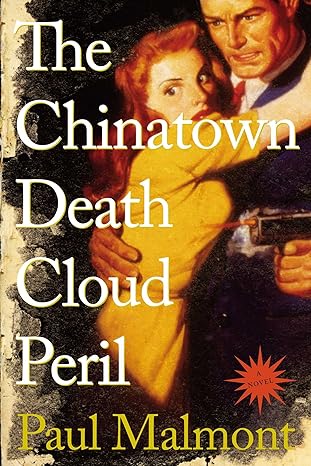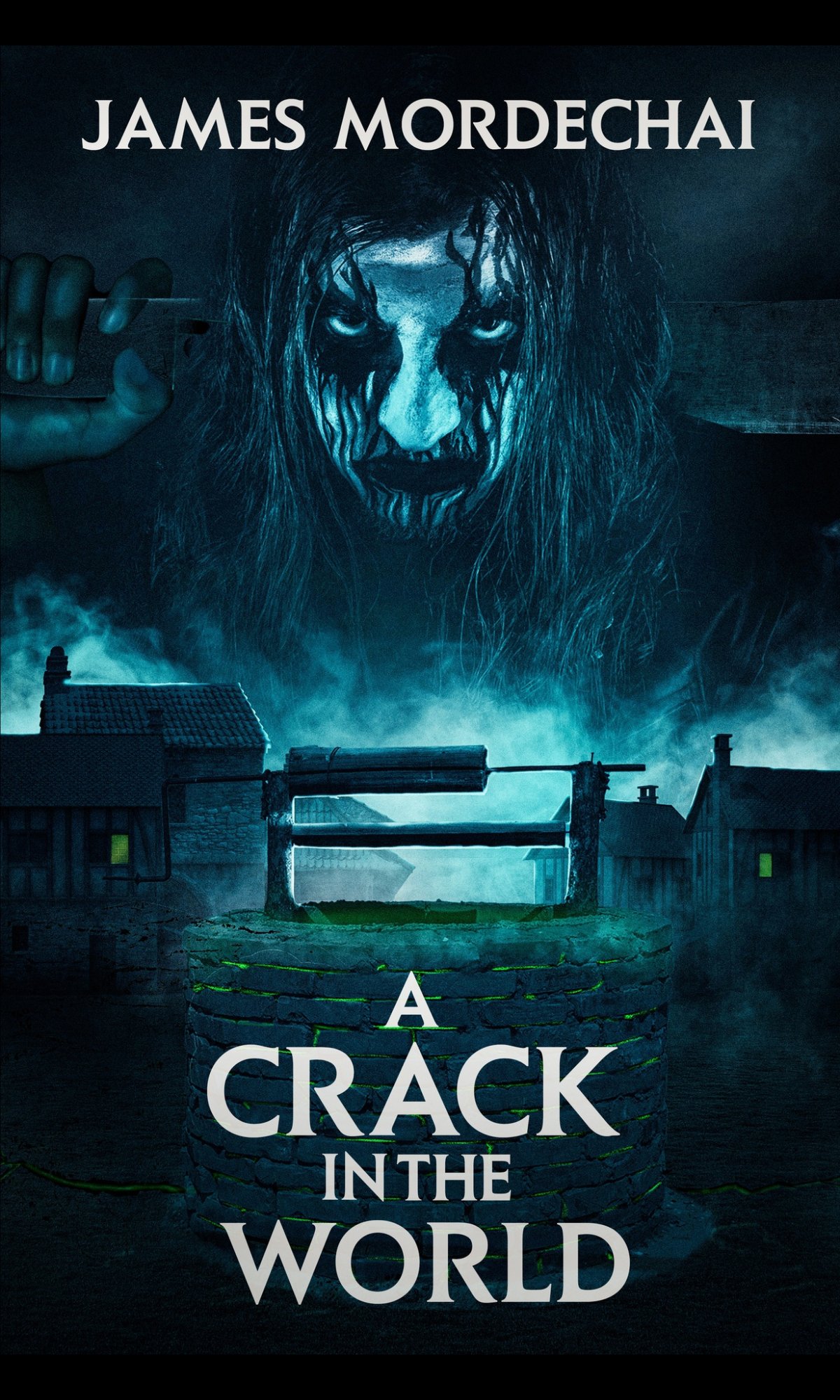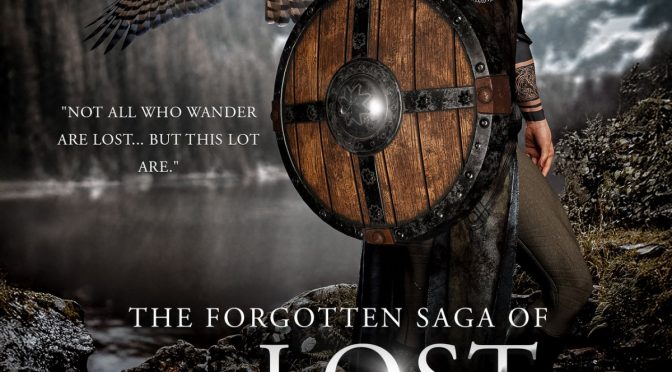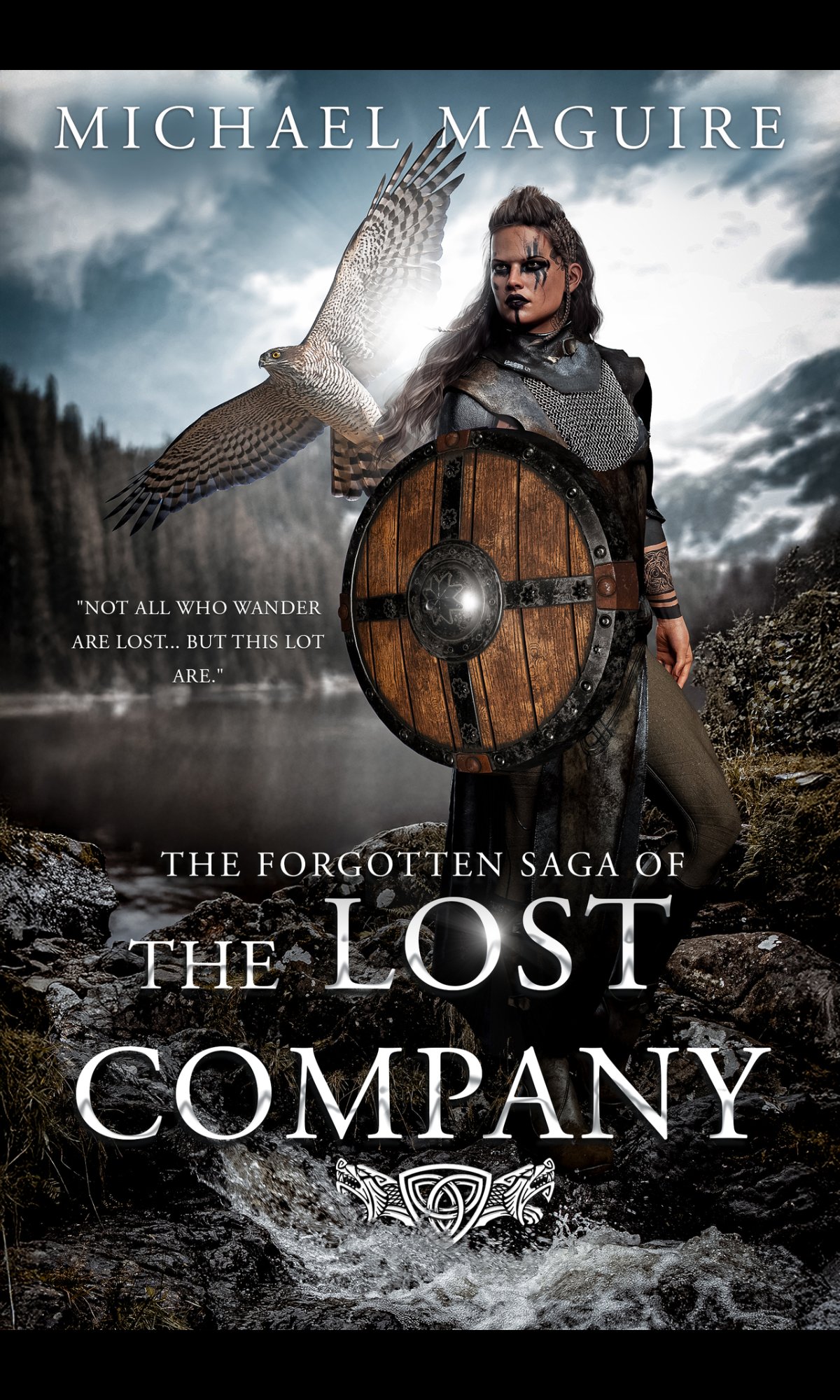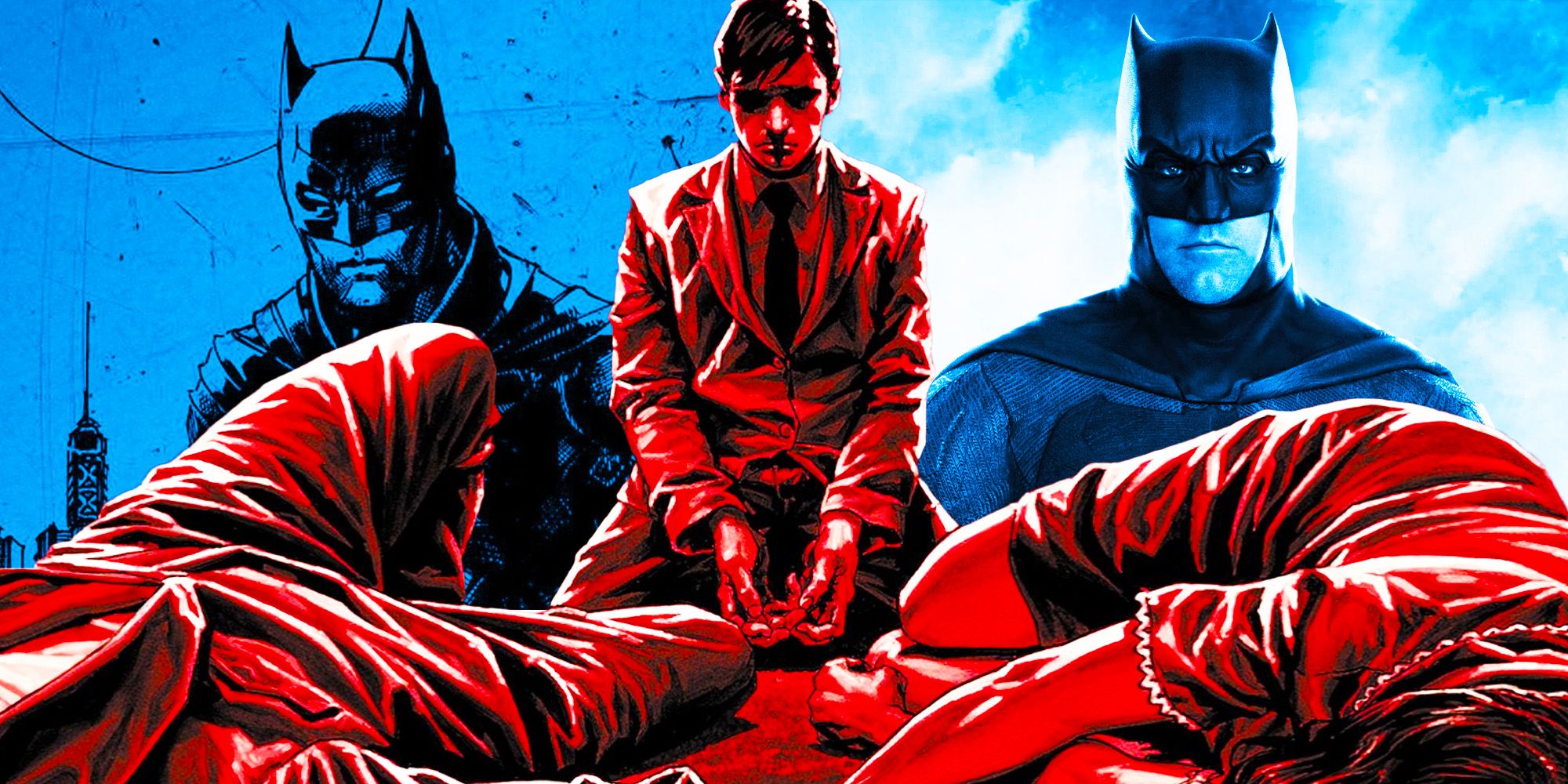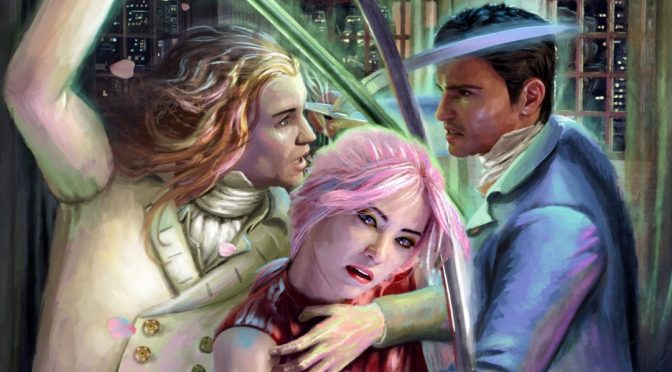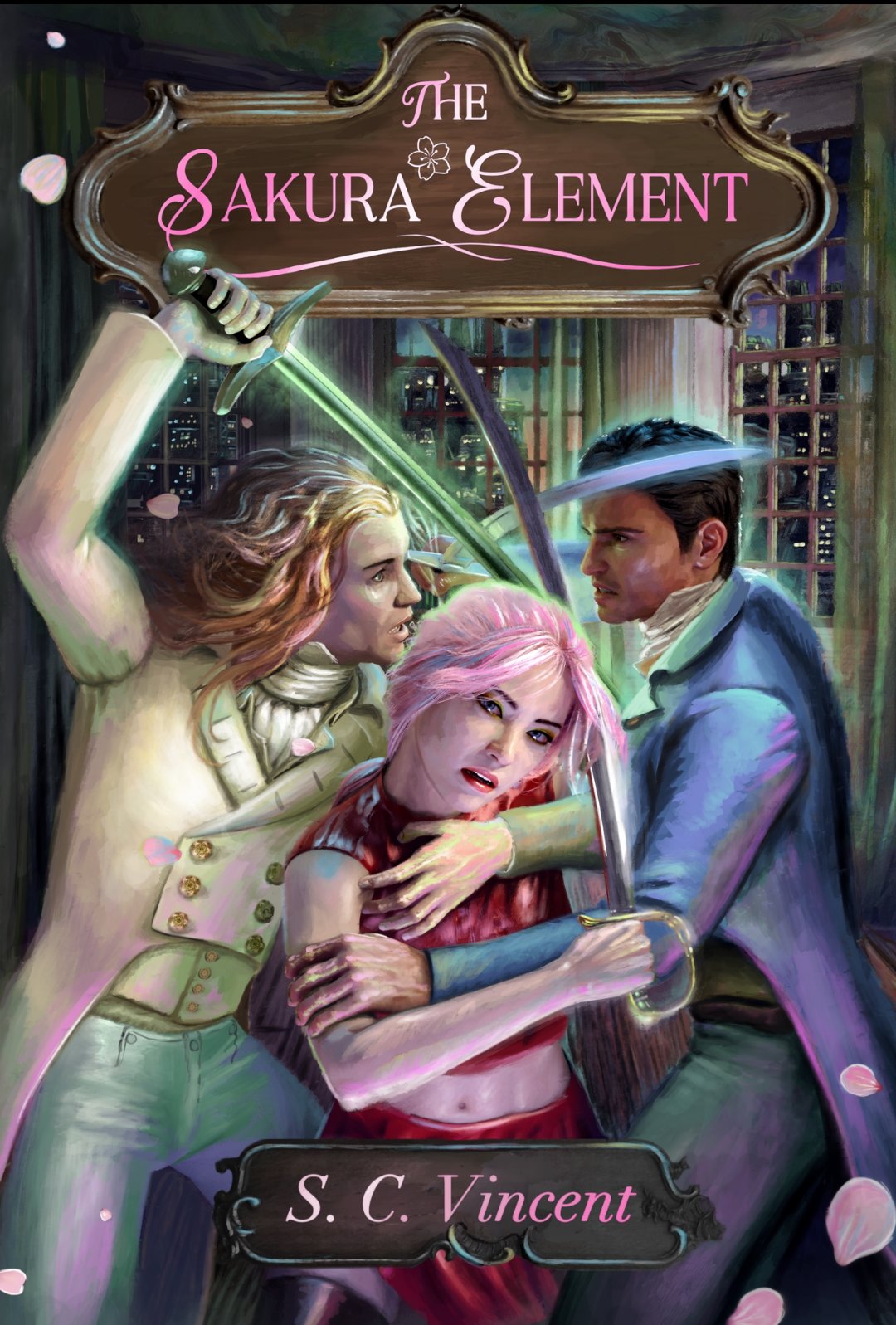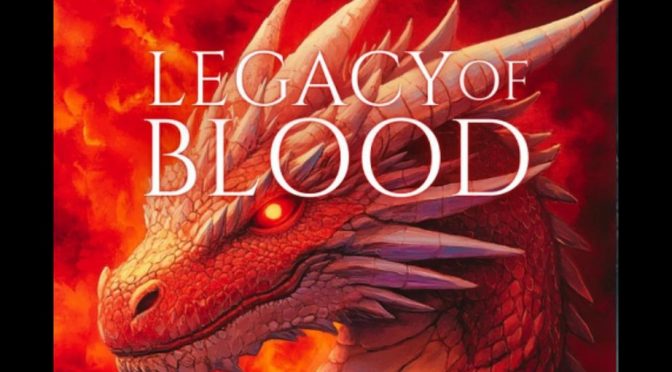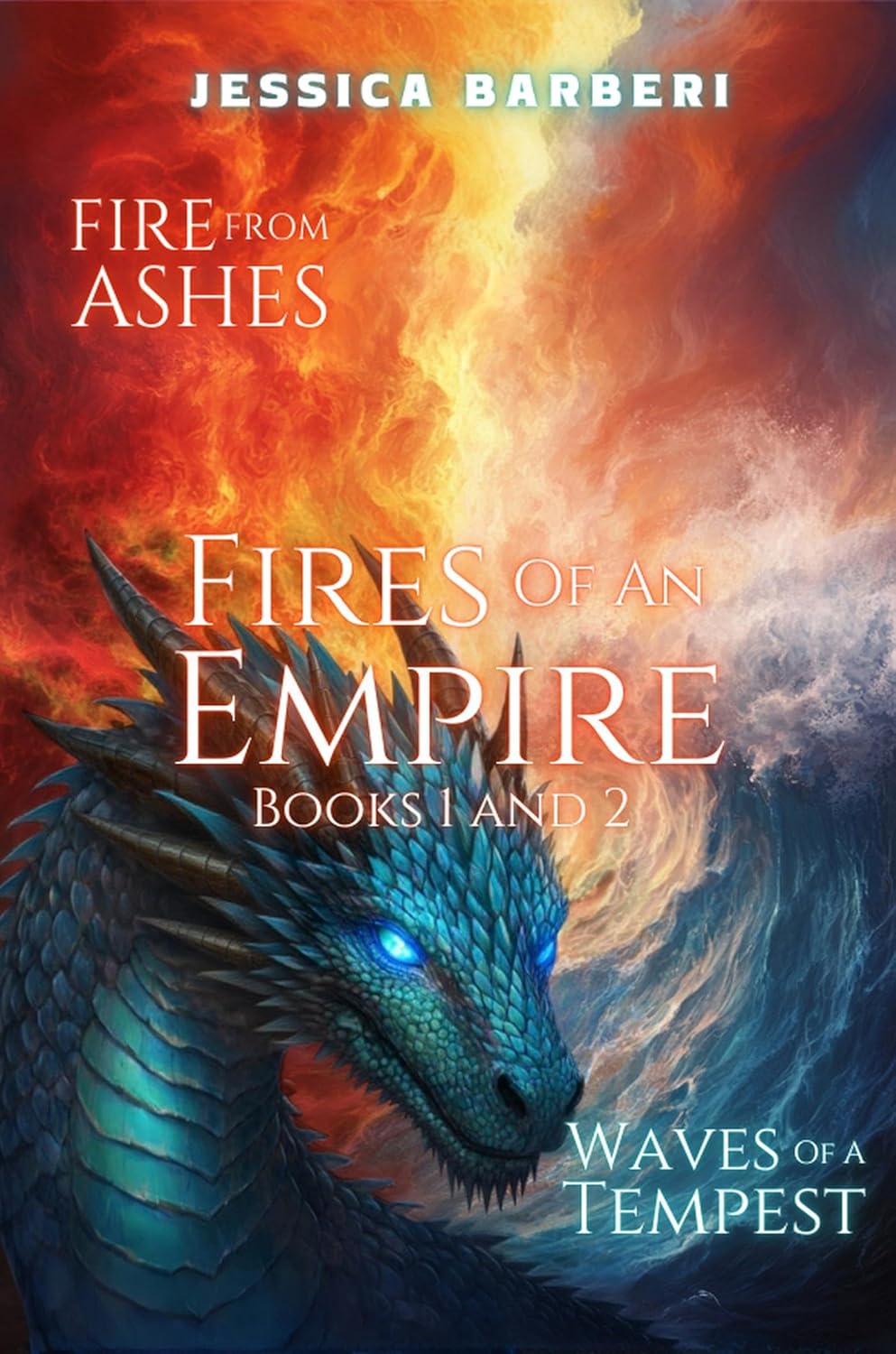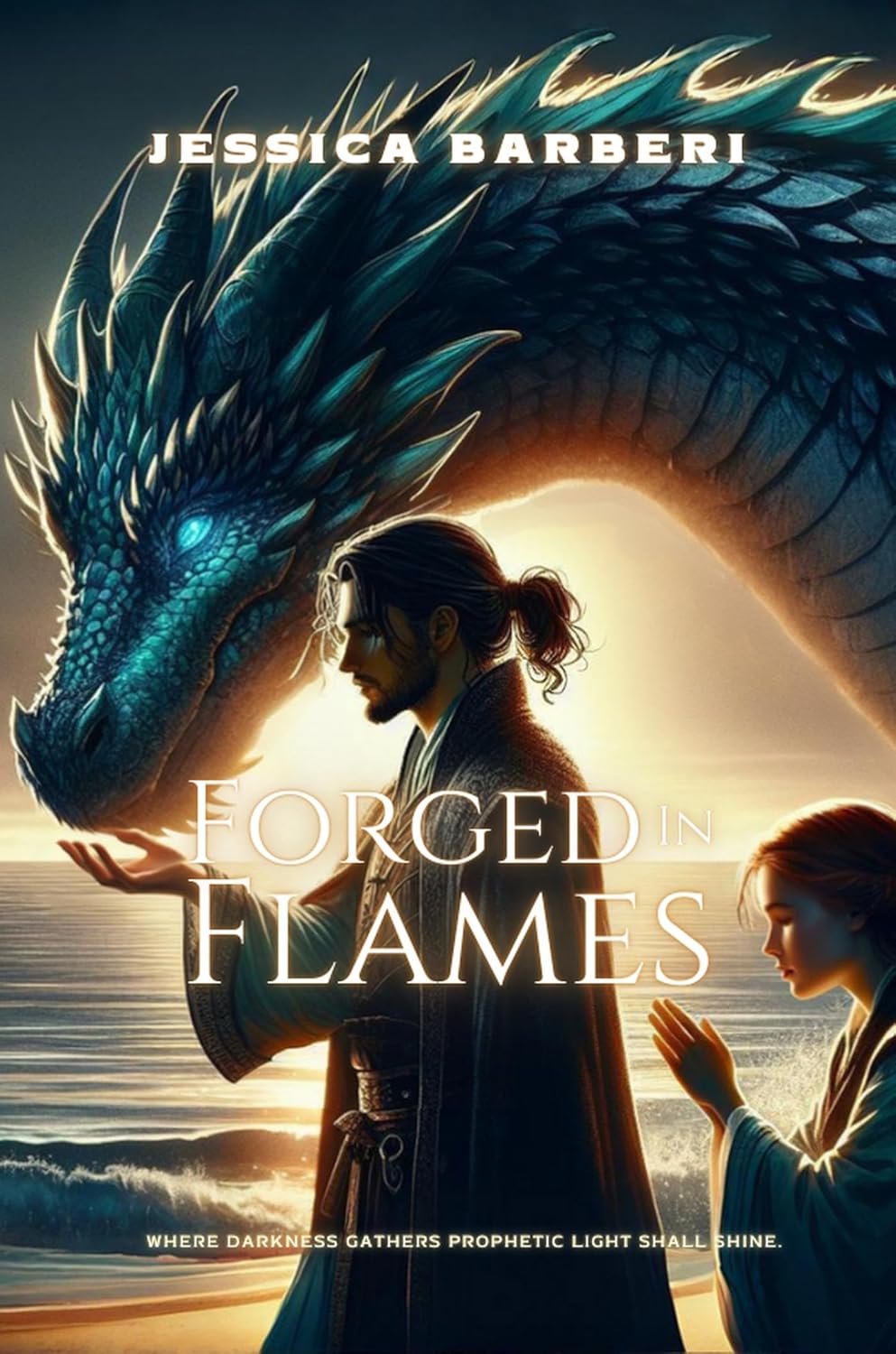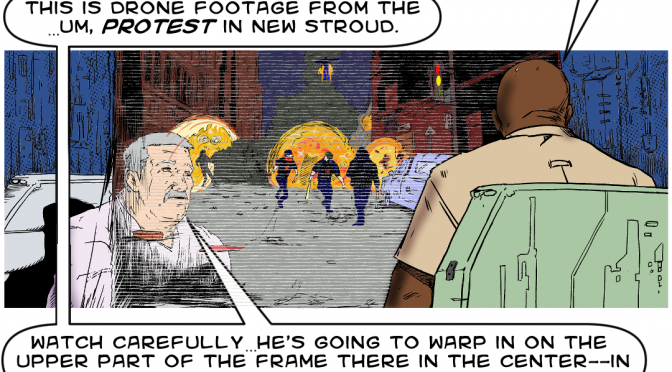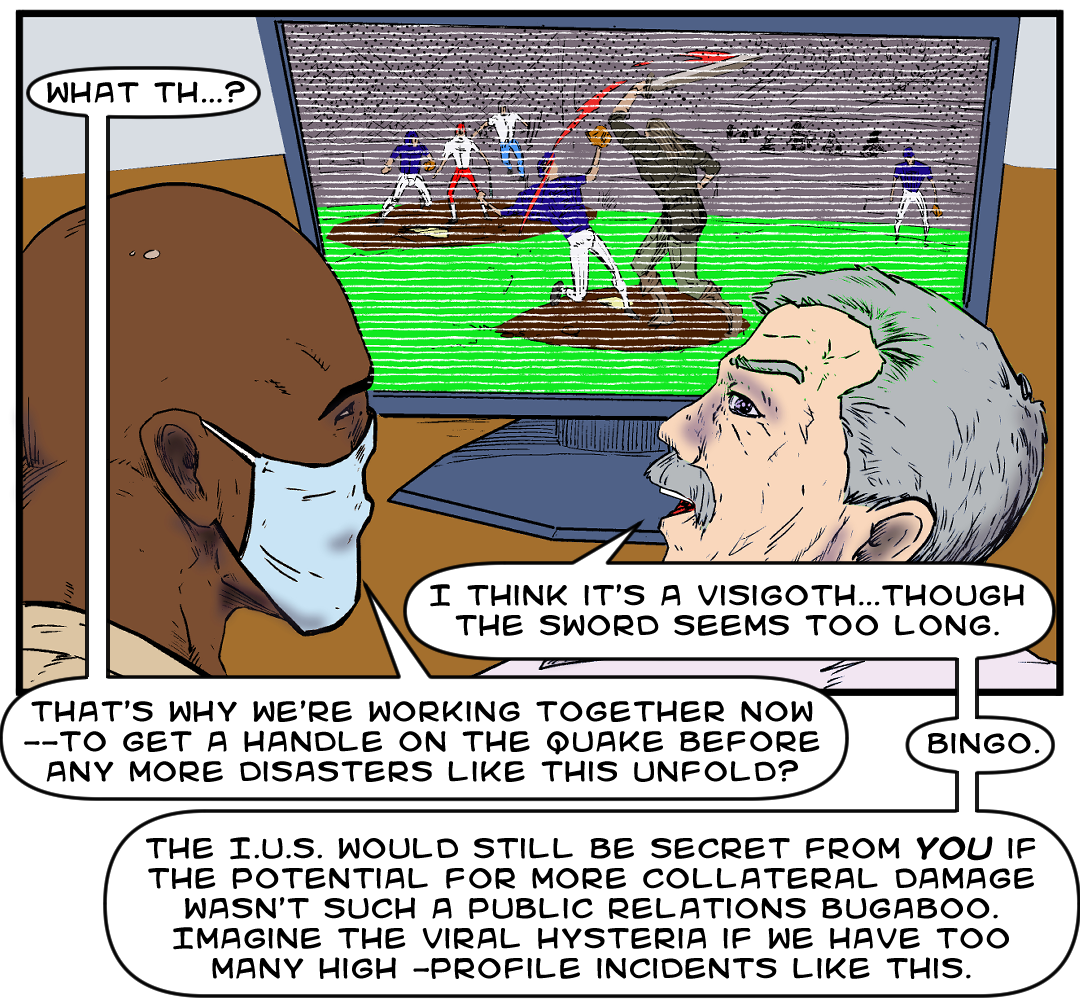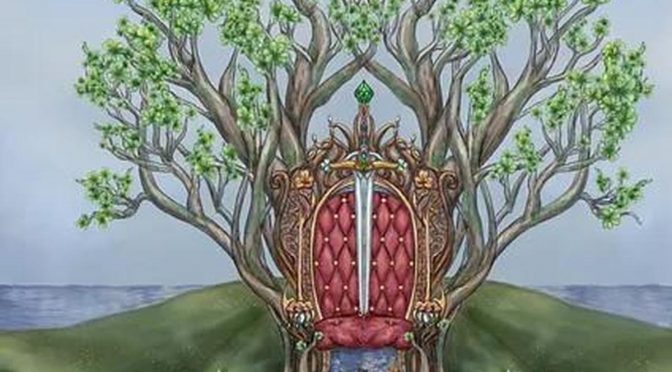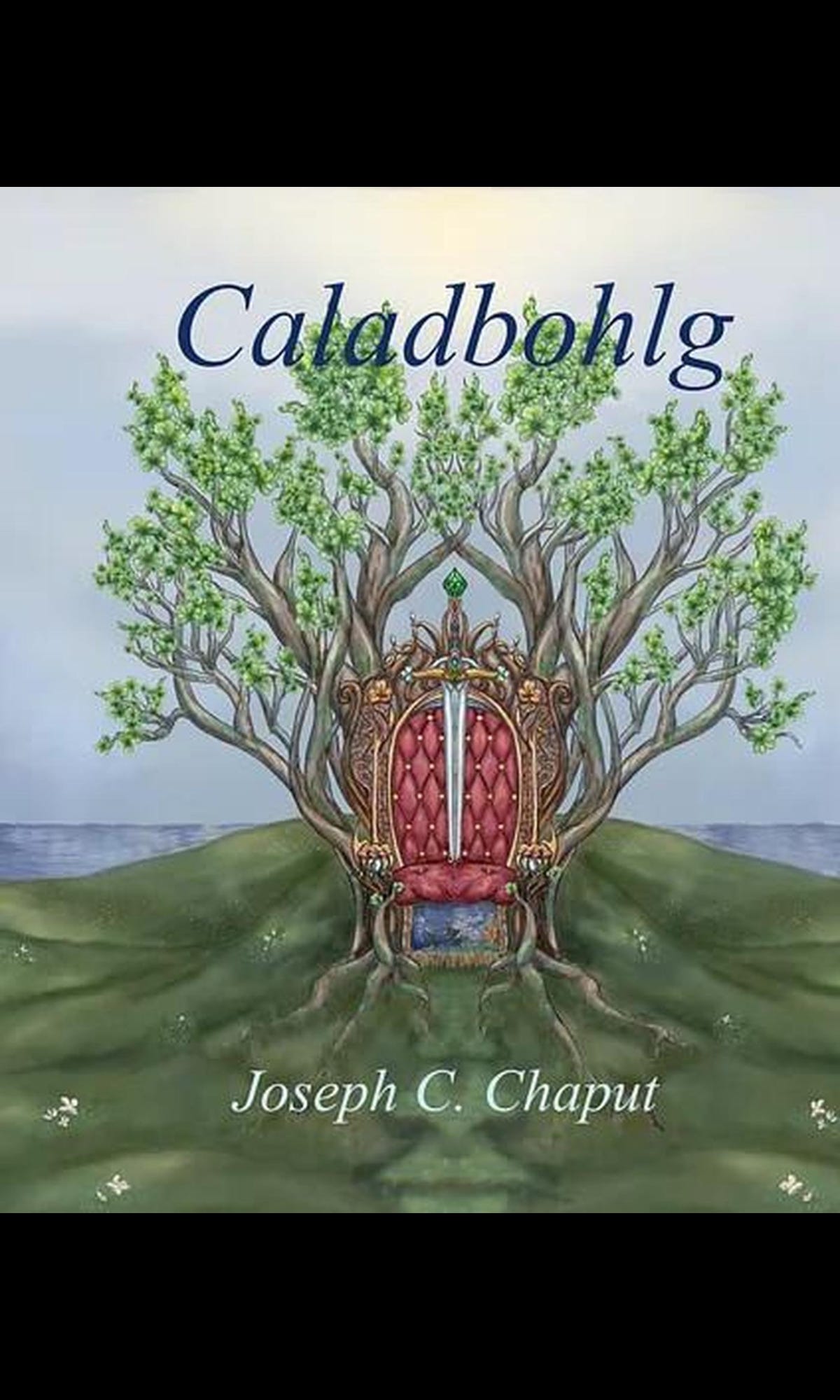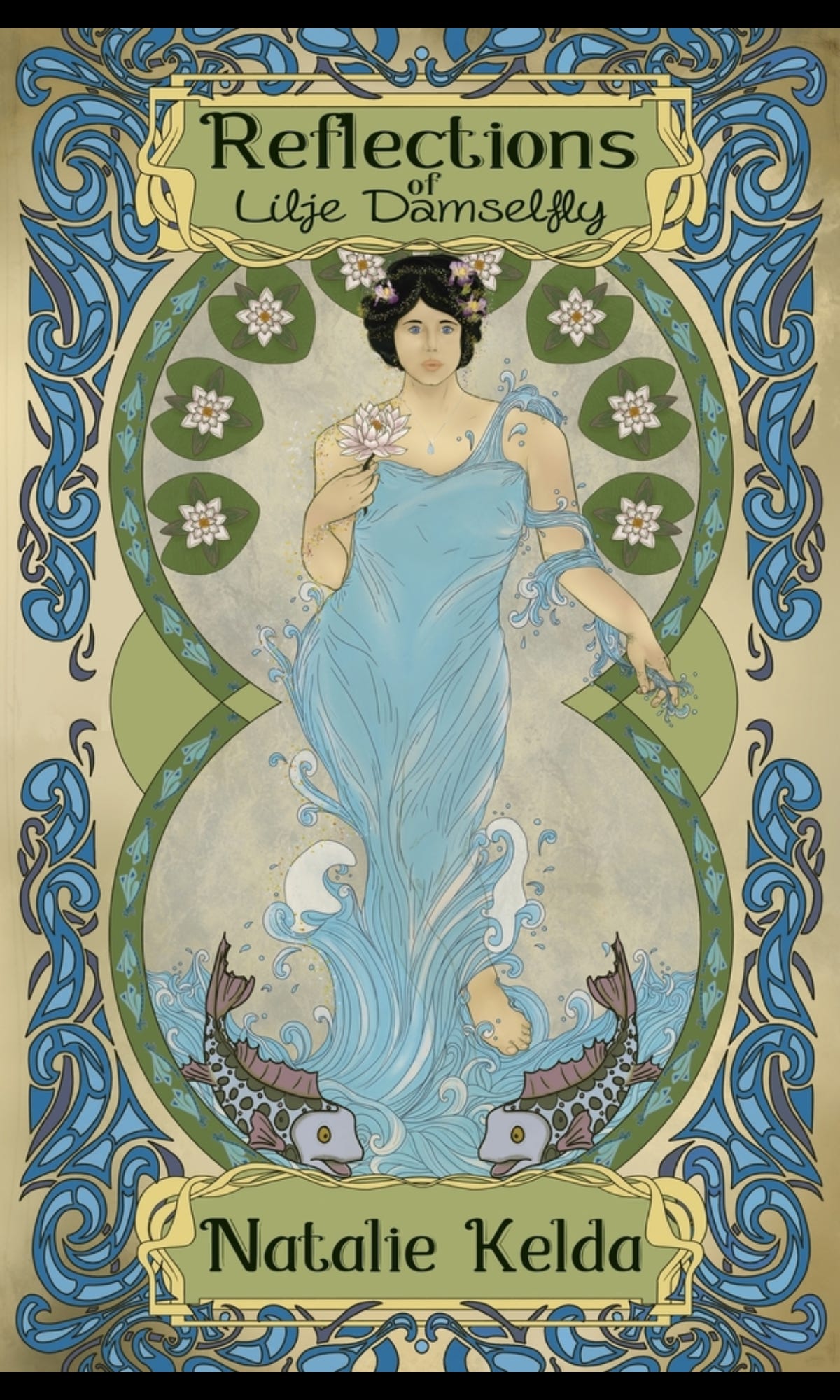The Land of Long Shadows
By JJ Shurte
A Review by INFAMOUS🦀
“The old world has died, but the new world is not yet born. Now is a time of monsters.”
As of lately, it seems as though every time I decide to review a book outside of the main genres I usually cover, I end up finding a true hidden gem. This time, such a hidden gem belongs to what we might have to label as horror/sci-fi, though it goes way beyond the realms of that genre.
But let’s start from the beginning. When author JJ Shurte first contacted me, the first thing I did (which is a habit of mine) is to go look on Amazon and Goodreads how many reviews, if any, the book had. Then, I might read some of the reviews just to see if I find a common thread. However, none of those reviews, as ‘colorful’ as they were, could have gotten me ready for the experience of reading this ‘little monster’.
I usually don’t particularly enjoy reading books filled with gore and this particular book will get ‘rough’ at times, so if you are very sensitive to reading vivid, detailed, gory scenes, this book might not be for you. What I can assure you though is that the violence and the gore here are intelligently adopted to serve the story and not just for mere shock value. As a matter of fact, many times, when I was expecting something really disturbing to happen, nothing of the sort happened. The author has developed a finesse in choosing his next move wisely at every turn so that readers can never tell what will happen next.
All in all, I would call it ‘transgressive fiction’. But truly, it stands in a class of its own, in my opinion.
PLOT:
Everything takes place on a fictitious island of the Pacific which, according to Shurte, was modeled after Taiwan (where he lived). There was a war of catastrophic proportions which wound up with the island becoming some sort of ‘hell on earth’, in the most crude and terrorizing post-apocalyptic setting. Perhaps a weapon of mass destruction was unleashed which had repercussions not even its creators were able to fully predict—who knows? All we know is that we’re here on this messed up island and the survivors perhaps wished they were dead because some really weird stuff is going on.
The content of the book is divided into 10 chapters and an epilogue. Each chapter follows the perils and whereabouts of different characters and in the epilogue the survivors of each chapter join forces to reach the source of the nightmare that is devastating the island and hopefully put a stop to it.
- Chapter 1 – Van Duc Liem leaves the safety of his shelter located in the subway station to scavenge for food and supplies in the infested, post-apocalyptic outside world. Another survivor of the underground community, An-So, will join him. Will they be able to not only find food and supplies, but make it back alive?
- Chapter 2 – Doctor Xing-Ya, a long time practitioner of morally-dubious medical procedures, becomes a most interesting patient herself to an abominable creature called Obon’itra.
- Chapter 3 – Ai-Na does what she can to survive the new world along with her two children but a chitinous mutation is slowly taking over her whole body. Is she transforming into something else or is something else using her body to burst into reality?
- Chapter 4 – Guang-Yan is a tech guy who, along with another group of people, has found “somewhere that had an infrastructure that was easily defensible and had an inbuilt monitoring system. Graeton Prison.” But is the prison really safe against the nightmares lurking outside?
- Chapter 5 – Principal Yi-Fan, along with a small handful of students, finds shelter in the school building, while the ‘nightmare’ on the outside keeps banging and trashing to find a way in, through the boarded windows and doors of the facility. But could it be that the adversary is already among them, unknowingly?
- Chapter 6 – Li Wen and a group of survivors are captured by a sect of cultists led by Cavan Bolton, who was known as a religious shepherd of sorts even before all hell broke loose. What does Bolton intend to do with this group of trespassers, exactly?
- Chapter 7 – Yong-Shi, with the assistance of a strange individual, Kang Bo, needs to go up a 100-story building where he believes his girl Lian-Lei is supposedly held captive. However, by the time he reaches the top, something beyond the scope of his imagination will be revealed to him.
- Chapter 8 – When astronaut Matilda lands on the shores of the island, as the only survivor of her space crew, she finds a very different planet Earth from when she first went into orbit.
- Chapter 9 – Undercover agent Tai-Xun, of the Shendian Communist Party, real name Yuan Si-Shi, finds herself in enemy territory. But only the dead—and worse—seem all that is left around.
- Chapter 10 – A small group of survivors composed mostly by women and led by former professional chef and restaurant owner, Thi, plot to poison the stew made out of a human corpse to poison the men known as Raiders who take advantage of them at will, in exchange for safety and supplies. But things don’t turn out as expected when dinner is served.
- Epilogue – We find all the various surviving characters we encounter in chapter 1 through 10 coming together as a ‘team’ led by Bolton in one deadly mission to infiltrate a casino turned into a military facility. It supposedly holds the key to the nightmare that has engulfed the island.

WHY WE NEED MORE SHURTES:
What I admire the most about Shurte’s approach to this narrative is how he dives headfirst into this project with complete abandonment and taking maximum creative freedom. He is not trying to cater to a certain demographic or suck up to some publisher who wants cookie-cutter stories. I laughed, I cried, I scratched my head while I was reading this thing, exactly because it felt so organic, so spontaneous, so deliberate that I stopped thinking in terms of a horror story altogether. It became a story like no other—rich in originality, humanity, sadness, happiness, humor, action, drama, sexuality, and everything that makes up the full spectrum of human emotions.
Sometimes, I had to stop to breathe, and I would be forced to re-read the scene saying to myself: “He really didn’t just do what I think I read he did!” Those moments will always remain vivid in my mind.
Chapter 2 and Chapter 3, for me, personally, were extremely intense because the prose is top notch, the characters so full of life, and the stories so way out of my comfort zone.
Granted not all stories reach that same peak intensity but they all serve a grand scheme which will be made clear in the closing epilogue.
EXPOSITION DUMP: ZERO
If you are looking for a book where everything gets spoon-fed to you, this one is not for you. In fact, I’d go as far as saying that Shurte enjoys giving readers the bare minimum, just crumbs really, so that their heads can spin and try to come up with their own deductions or explanations. I’d be lying if I said many times I didn’t feel lost myself:
- Why did only the scum of the world survive the war?
- Why can all the survivors suddenly understand one another even when they originally spoke different languages?
- Why is it that in this post-apocalyptic world people no longer know how to read?
So many unanswered questions and yet it kept enticing me to keep reading, keep peeling off layer after layer, trying to get to the core of it all.
ONE MINOR ISSUE:
As I mentioned earlier, this story takes place on a fictional island in the Pacific which resembles Taiwan and most of its characters are supposed to be modeled after Taiwanese men and women. However, the way the characters speak, their sense of humor, their foul mouths, their disrespectful attitude, their boasting, all made them feel to me as Westerners through and through. I never got a sense that these were Asian-Pacific folk at all, other than by their names.
CONCLUSIONS:
There is a reason why this book is special. It has nothing to do with the genre or even the story, but with the fact that it sets an example of how a writer should take charge of their own creativity and write based on that without any restraints or reservations. Couple that with an original plot, unforgettable characters, razor sharp prose, and you get something that is dearly missing in the book industry today.
Legends in the making!
🦀
Review will be followed by a Q&A interview with the author–stay tuned!
FROM THE EDITOR:
If you like comic books, graphic novels, superheroes, or any kind of based stories, read Threat Quotient for free!



